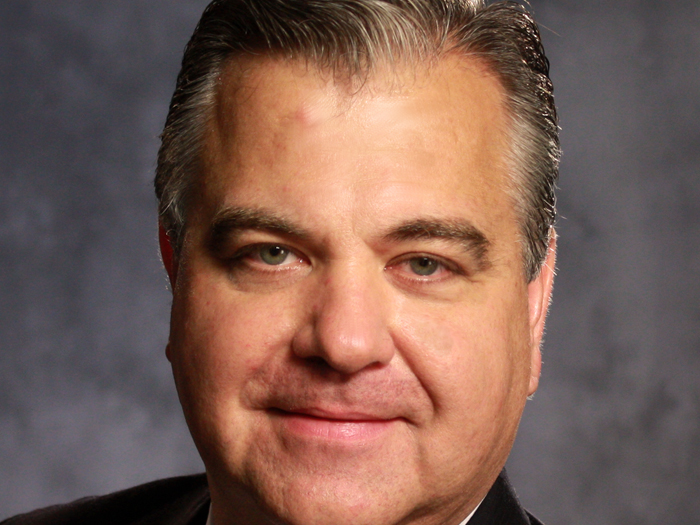Medical Cost Trends
Higher Fee Schedules Lead to Case Shifting

Workers’ comp payers in some states may be footing the bill for injuries that are not necessarily work-related, suggests a new study. It found that in states where fee schedules translate to higher reimbursement rates for workers’ comp than group health, physicians may be more inclined to categorize an injury as occupational.
The study by the Workers Compensation Research Institute looked at workers’ comp and group health medical data from a large commercial database based on a large national sample of patients. It found that the practice of “case shifting” was more prominent for injuries where causation is questionable.
“The decision of where to send the bill for treatment should align with the physician’s assessment of whether the cause was work related or not,” the study says. “The amount of uncertainty about the cause of the medical condition provides the opportunity for financial incentives to influence the decision. And in most states, workers’ compensation systems rely heavily on the treating physician to determine whether a specific patient’s injury is work-related or not.”
A broken tibia, for example, is typically caused by a specific event and determining whether the incident was work-related is fairly straightforward. “By contrast, the cause may be less certain for a patient presenting with a soft tissue condition (e.g., non-specific back pain or strain/sprain of knee or shoulder,)” according to the research. “For example, the medical literature shows that there is little consensus about identifying the precise cause of back pain in a specific individual.”
“The amount of uncertainty about the cause of the medical condition provides the opportunity for financial incentives to influence the decision.” — Workers’ Compensation Research Institute
Currently, 43 states have fee schedules for their workers’ comp systems. Many of the larger states — California, Florida, New York, Massachusetts, and North Carolina — base their fee schedule rates to be within 15 percent of Medicare rates as of July 2011. Other states, including Alaska, Illinois, Idaho, Delaware, and Oregon, set their rates at levels more than double Medicare’s rates.
“The finding of most interest is that case shifting was more common in states with higher workers’ compensation payments,” the study explained. “In particular, 20 percent growth in workers’ compensation payments for physician services during an office visit resulted in a 6 percent increase in the likelihood of a soft tissue injury being deemed work-related.”
The case shifting can add up to significant dollars in some states. As an example, the authors looked at the added costs to various states if just 1 percent of group health cases with soft tissue conditions were shifted to the workers’ comp system. Such a scenario in Pennsylvania could increase costs by nearly $35 million; in California the increase would be more than $80 million. Even in a smaller state such as Iowa, the increase would be about $9 million.
Case shifting from group health to workers’ comp can affect payers in four ways, the authors said:
- Workers’ comp typically pays higher prices for medical care.
- The income benefit payments in workers’ comp generally exceed nonoccupational disability insurance payments.
- Many more workers are covered by workers’ comp than disability insurance.
- Higher income benefits lead some workers to stay out from work longer.
“This research shows that in addition to the more direct effect of high fee schedules (or no fee schedules) on workers’ compensation costs via higher payments for medical treatments, higher fee schedules contribute to higher workers’ compensation costs by increasing the number of injuries paid by workers’ compensation through the case shifting mechanism,” the report said.
“As we show in this research, this type of case shifting is greater in states with higher reimbursement rates for medical services as well as in states with fast growing payments.”










